Flexibility training has long been overlooked in fitness routines, often overshadowed by strength and cardiovascular exercises. Yet, its importance cannot be overstated. Whether you're an athlete aiming to enhance performance or someone simply looking to improve daily mobility, incorporating flexibility work into your regimen can yield profound benefits. The human body thrives on balance, and neglecting flexibility can lead to stiffness, reduced range of motion, and even injury over time.
The science behind flexibility is both fascinating and complex. At its core, flexibility refers to the ability of your muscles and connective tissues to stretch temporarily. This is influenced by factors such as genetics, age, and physical activity levels. While some people are naturally more flexible than others, everyone can improve their range of motion with consistent practice. Dynamic stretching, static holds, and proprioceptive neuromuscular facilitation (PNF) are just a few methods used to enhance flexibility. Each technique targets the muscles differently, offering unique advantages depending on your goals.
One of the most compelling reasons to prioritize flexibility training is its role in injury prevention. Tight muscles and restricted joints create imbalances that force other parts of the body to compensate. Over time, this compensation can lead to overuse injuries, particularly in the knees, hips, and lower back. By maintaining supple muscles and healthy joint mobility, you reduce the risk of strains, sprains, and chronic pain. This is especially crucial for athletes who subject their bodies to repetitive motions, but it’s equally valuable for sedentary individuals who spend hours sitting at desks.
Beyond physical health, flexibility training offers mental and emotional rewards. The deliberate, mindful nature of stretching encourages a connection between body and mind. Holding a stretch requires patience and focus, creating a meditative effect that can alleviate stress and promote relaxation. Many people find that a dedicated stretching routine becomes a form of active recovery, allowing them to unwind after intense workouts or hectic days. The breathwork often integrated into flexibility exercises further enhances this calming effect, making it a holistic practice.
Despite its benefits, flexibility training is frequently misunderstood. A common misconception is that it’s only for dancers, gymnasts, or yogis. In reality, everyone—from weightlifters to office workers—stands to gain from improved flexibility. Another myth is that stretching should always be done before exercise. While dynamic stretches can prepare the body for movement, static stretching is best reserved for post-workout cool-downs when muscles are warm and pliable. Understanding these nuances ensures that your efforts are both safe and effective.
Incorporating flexibility work into your routine doesn’t require hours of commitment. Even dedicating ten to fifteen minutes daily can produce noticeable results over time. The key is consistency and listening to your body. Pushing too hard can lead to injury, while not challenging yourself enough may stall progress. Finding the middle ground—where stretches are intense but not painful—is essential. Over time, you’ll likely notice improvements not just in flexibility, but also in posture, coordination, and overall movement quality.
The future of flexibility training is evolving with advancements in sports science and technology. Tools like foam rollers, massage guns, and mobility bands have become staples in many routines, offering targeted relief and enhanced performance. Virtual platforms and apps now provide guided stretching sessions tailored to individual needs, making it easier than ever to stay accountable. As research continues to uncover the far-reaching benefits of flexibility, it’s clear that this pillar of fitness is finally receiving the attention it deserves.
Ultimately, flexibility training is about more than just touching your toes or performing splits. It’s a foundational component of health that supports longevity, functionality, and well-being. Whether you’re looking to move more freely, recover faster, or simply feel better in your body, embracing flexibility can be transformative. The journey may be gradual, but the rewards—both seen and unseen—are well worth the effort.

By /May 21, 2025

By /May 21, 2025

By /May 21, 2025

By /May 21, 2025

By /May 21, 2025

By /May 21, 2025
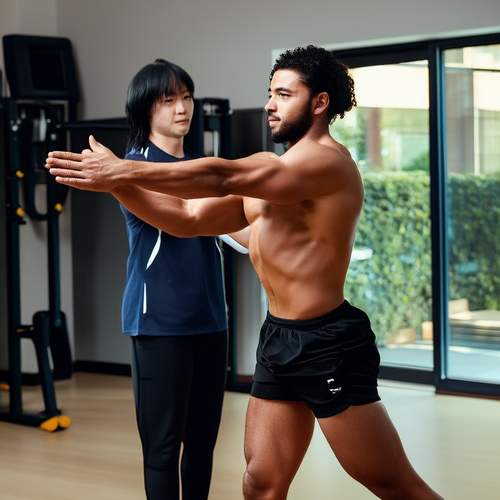
By /May 21, 2025

By /May 21, 2025

By /May 21, 2025

By /May 21, 2025

By /May 21, 2025
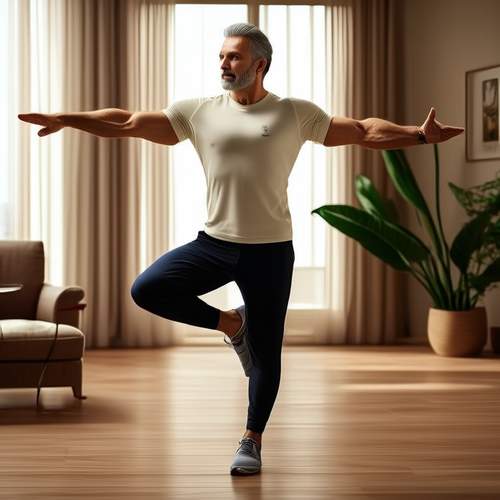
By /May 21, 2025
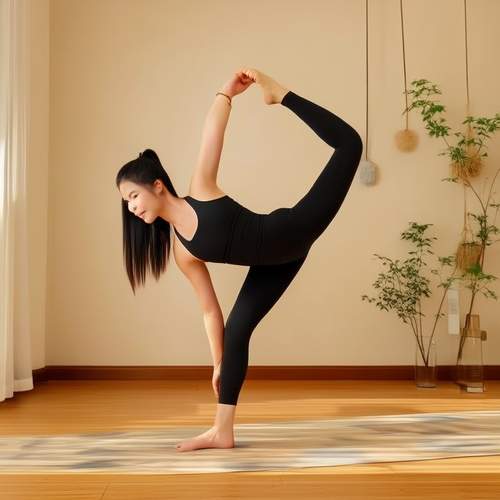
By /May 21, 2025
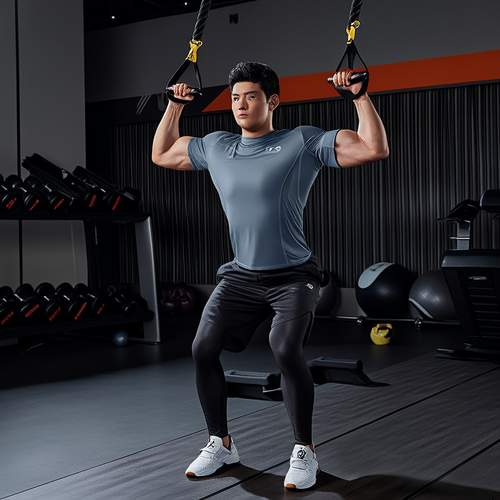
By /May 21, 2025
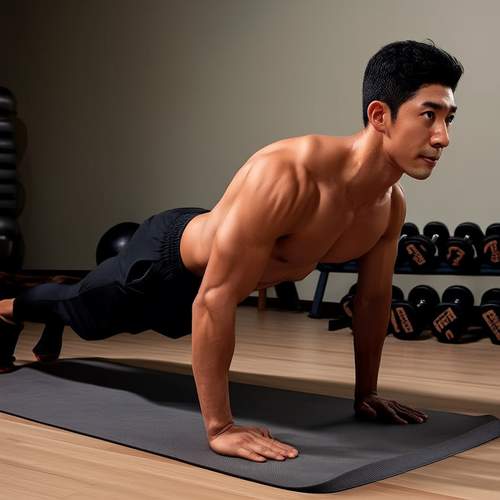
By /May 21, 2025

By /May 21, 2025

By /May 21, 2025
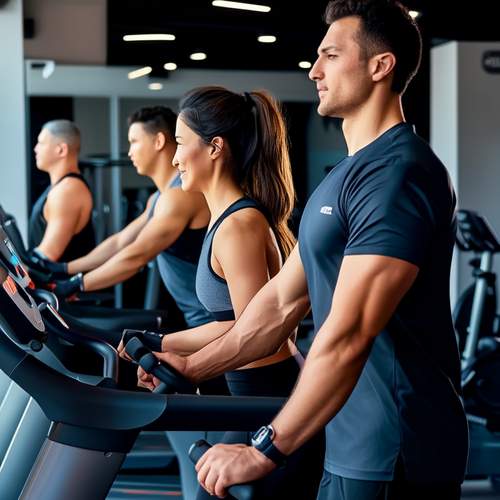
By /May 21, 2025

By /May 21, 2025

By /May 21, 2025